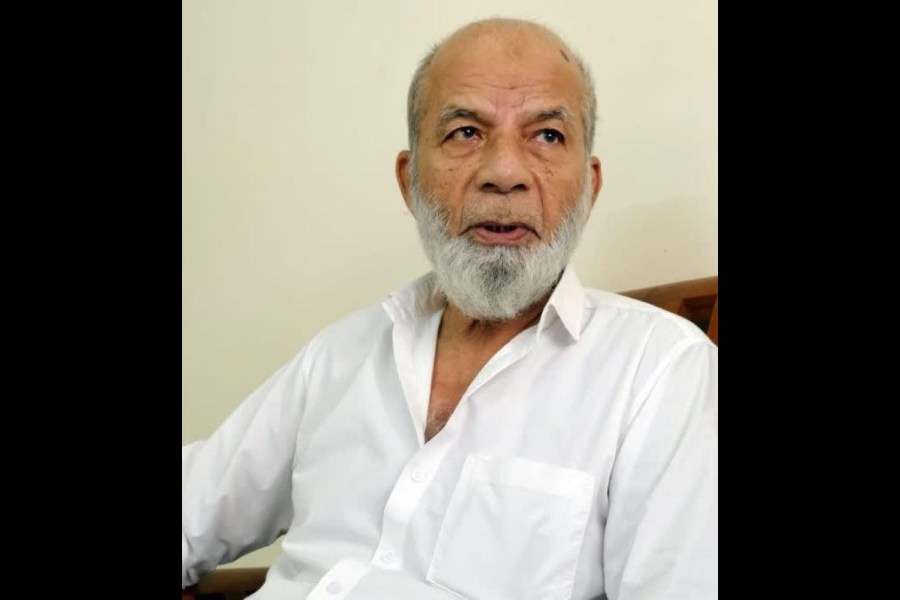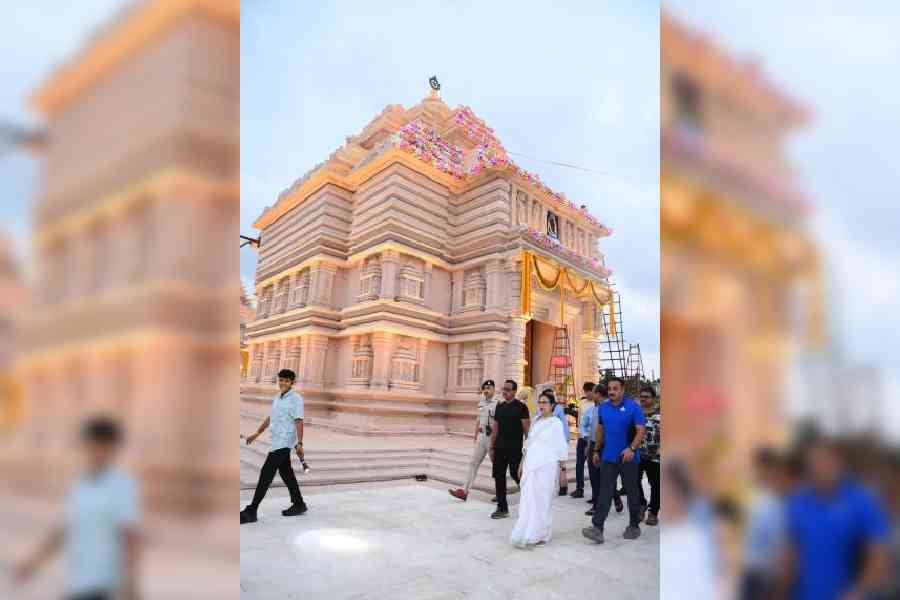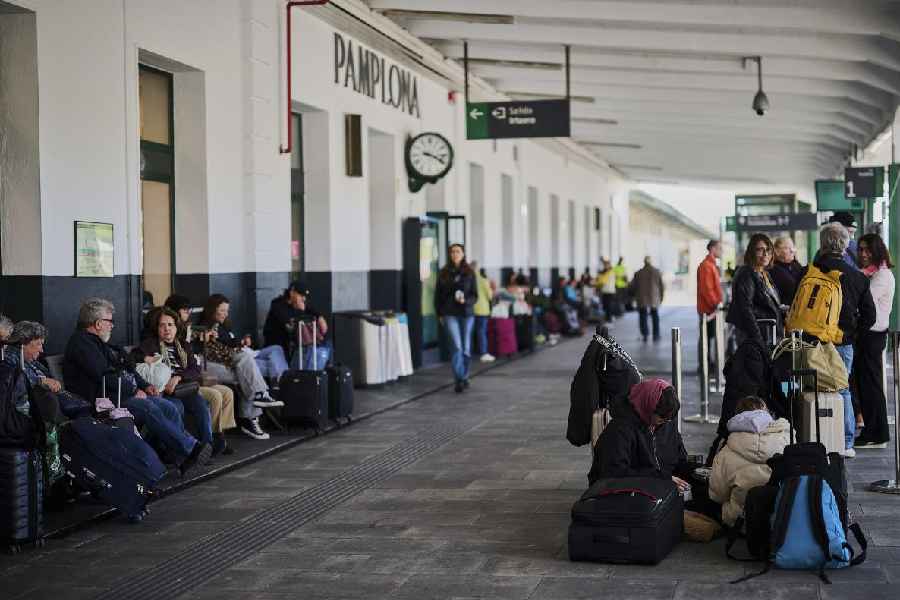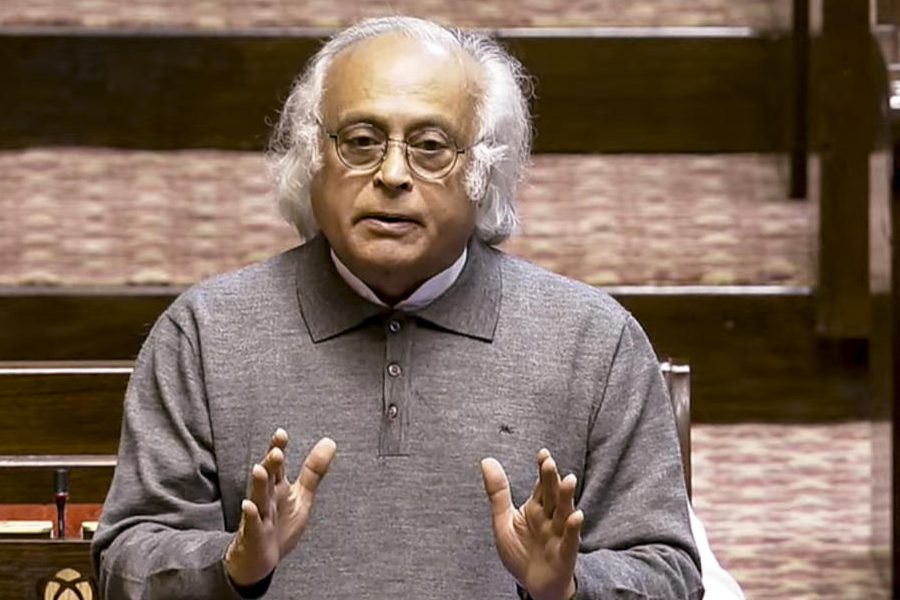 |
| The air traffic tower at Biju Patnaik airport |
Bhubaneswar, Jan. 9: Biju Patnaik Airport is going to implement an upgraded system to ensure better control of aircraft before landing and takeoff.
The airport will shortly start using automatic dependent surveillance broadcast (ADS-B) system, working on radio waves, instead of the very high frequency (VHF) device.
Using the ADS-B system, which works on radio waves originating from the Air Traffic Control (ATC) and also takes help of the Global Navigation Satellite System, the ATC can point out the aircraft on a synthetic screen. It helps both the pilot and the ATC ensure better co-ordination.
Sources said this initiative of the Airports Authority of India would ensure better control of aircraft up to a height of 25,500 feet, apart from better co-ordination among airports in eastern, central and northern India, making air travel safer. At present, the city airport handles aircraft flying at an altitude of 3,200 feet.
With the introduction of the ADS-B system the airport will be converted into a lower area control centre (LACC).
“The airport is going to implement the LACC norms during peak flight hours for two hours everyday within next two weeks. The system will be fully operational by July this year,” said airport director Sharad Kumar.
Officer on special duty at the airport H.J. Parmar said: “Here, we allow the aircraft to land after reaching an altitude of 3,200 feet, and during takeoff, an aircraft can take a turn and go to a particular height after reaching 2,000 feet. After reaching the desired altitude, the pilot has to contact the Calcutta ATC for navigational guidance. But now, up to a height of 25,500 feet the local airport can have the ATC control. Not only that, an aircraft leaving New Delhi airport can directly communicate with the Bhubaneswar ATC. Earlier, with the VHF system, the minimum limit was 200 miles to detect a craft.”
Sharma said: “The Indian aerospace is divided into two zones — upper air space and lower air space. The lower air space is up to the height of 25,500 feet while the upper zone is from 25,500 feet to maximum 46,000 feet.”
Airports authority sources said Chennai airport had started its upper airspace control system by controlling aircraft for Bangalore, Mangalore and Thiruvananthapuram. In case of the LACC, the eastern zone will be connected through a network of radars at Bhubaneswar, Patna and Agartala and Guwahati.
The use of the ADS-B and zonal division of the airspace is done according to the guidelines issued by the International Civil Aviation Organisation. The organisation defines standards and procedures in air travel in its 191 member nations.
With the LACC status, the city airport can also have a co-ordination with other airstrips with control towers.
“We are having air traffic control equipment in Jharsuguda, Berhampur and Bhubaneswar and planning one at the north or eastern point. Once it is done, tracking a plane will always be a co-ordinated affair. Moreover, if the link of a flight fails with one tower, the other towers will be in touch as all will be integrated through the ADS-B,” said the airport director.
A senior ATC official from the airport said the ADS-B system had also got the capability to incorporate the conventional non-ADS-B radar traffic information used in most of the airports.










